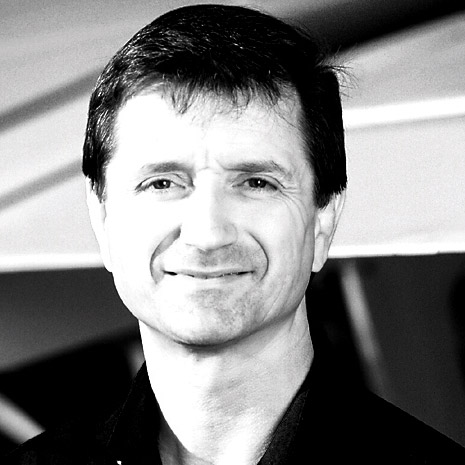I’m a big—big!—fan of flight instructors being paid what they’re worth. Some are paid quite handsomely, earning $100 an hour as independent contractors. Given that students might pay top dollar for high-caliber flight instructors, what is it that they get for their money? Having talked with and observed many of these unique instructors over the years, there are several answers to this question.
Please be clear that I’m discussing full-time independent instructors whose fees are determined directly by an open marketplace. I fully realize that an instructor charging a lower hourly fee can still provide high-quality instruction. As a general rule, however, the marketplace allows highly capable independent instructors to charge more for their time in return for a higher caliber of instruction.
One of the most valuable things students get for their money when pairing up with highly capable instructors is efficient flight training. This typically translates into spending less time with the instructor and less money on learning to fly. Yep, you heard that right.
It’s entirely possible (and quite common) for a skilled instructor charging $100 per instructional hour to teach a student to land an airplane in four hours. A less-capable instructor might take eight hours (or more) to accomplish the same objective with the same student. If the airplane rents for $150 per hour, then students with skilled instructors might pay a total of $1,000 to learn how to land. Students training with a less-skilled instructor charging $50 per hour pay $1,600 to accomplish the same thing. That’s an extra $600 and easily twice the investment of personal time. In the hands of a high-caliber instructor, students typically spend less time and money for flight training. (Once again, lower-priced instructors can still provide high- caliber instruction.)
Highly capable instructors teach more efficiently because of their skill at cockpit communication. They are very good at communicating a message to their students while not interfering with the student’s reception of that message. In other words, instructors say what they have to say, then stop talking.
Over the years, I’ve observed many exceptional flight instructors teach. Without exception, they were not overly chatty in the cockpit. They knew that they had to provide knowledge and direction to their students. They also knew they had to give these students time to apply these instructions.
Lesser-skilled instructors, however, teach as if they have been vaccinated with a phonograph needle. While they might provide the student with the necessary information, they often fail to be silent long enough for the student to concentrate on applying it. There are very few things that interfere with a student’s ability to learn than an instructor who doesn’t know when to be silent.
Highly capable instructors use the cockpit to actually teach flying skills instead of ground school lessons. One of the newer trends in aviation education is the recommendation to teach physical flying skills while simultaneously teaching decision making and hazard assessment skills. While I’m all for teaching the latter, I’m not a big fan of anything that diminishes the primary purpose of flight training, which is to teach someone how to fly. Aviation decision making, hazard assessment, and situational awareness are considered to be cognitive skills. Once the student has acquired some basic flight experience, he or she can absorb these cognitive skills quite effectively via ground school lessons, books, videos, and audio programs. It’s not necessary to spend hundreds of dollars per hour learning these lessons in the cockpit of an airplane when they can be effectively taught or learned on the ground.
Highly effective instructors direct their students to the books, videos, and audio programs necessary to learn these psychological lessons. Sure, not all these psychological/safety lessons can be learned on the ground, but upwards of 90 percent can. In today’s aviation market, there’s no shortage of good products that teach us how to think and behave properly in an airplane.
Highly effective instructors enjoy teaching. It’s nearly impossible to be an effective teacher if your heart isn’t in your work. I have never known an effective flight instructor who disliked teaching students. Most students have the natural ability to sniff out a teacher who doesn’t enjoy teaching, which results in a student who doesn’t enjoy learning. Don’t be one of these teachers. While less-capable instructors can teach you to fly, it’s the most capable ones who often can teach a student to fly in a shorter time and at less expense.

